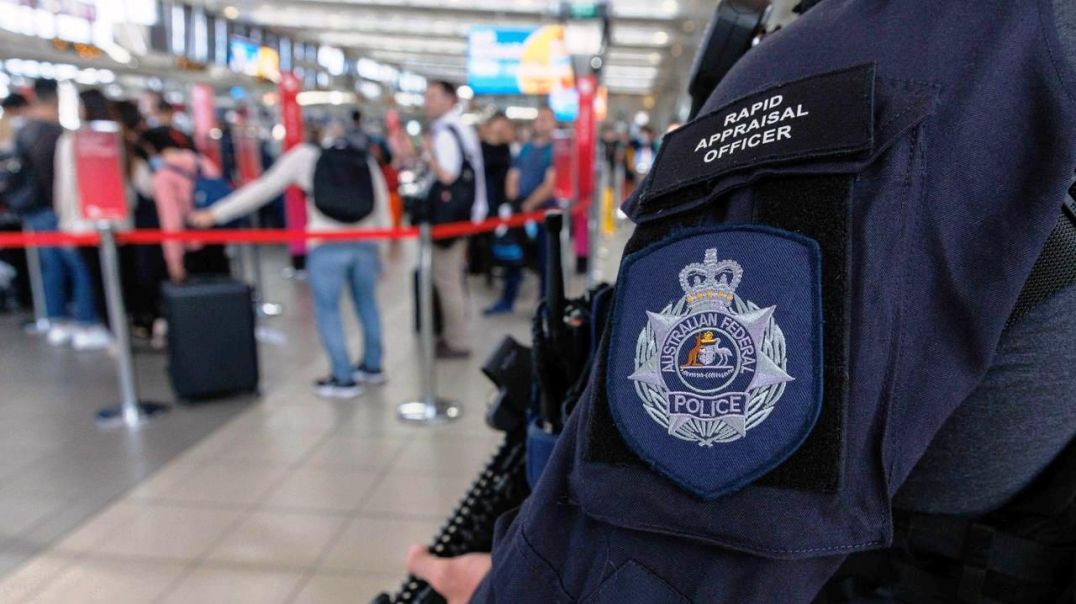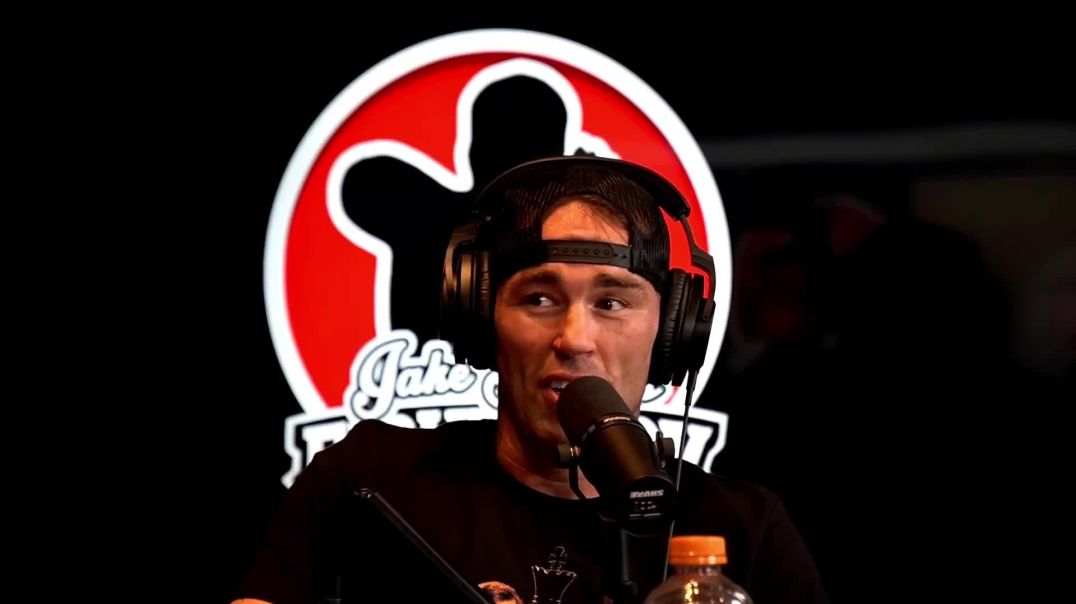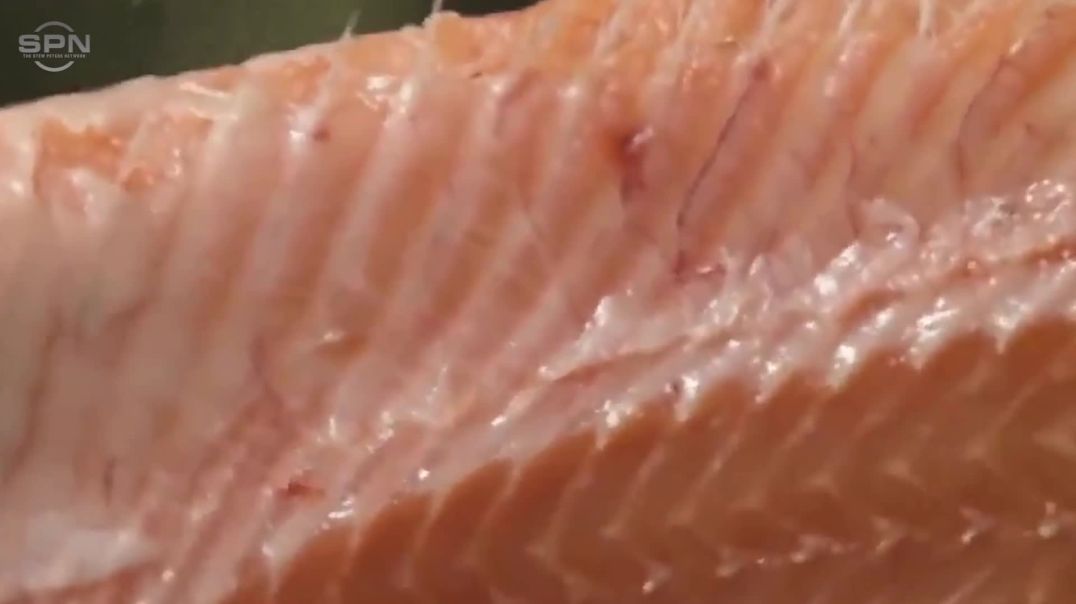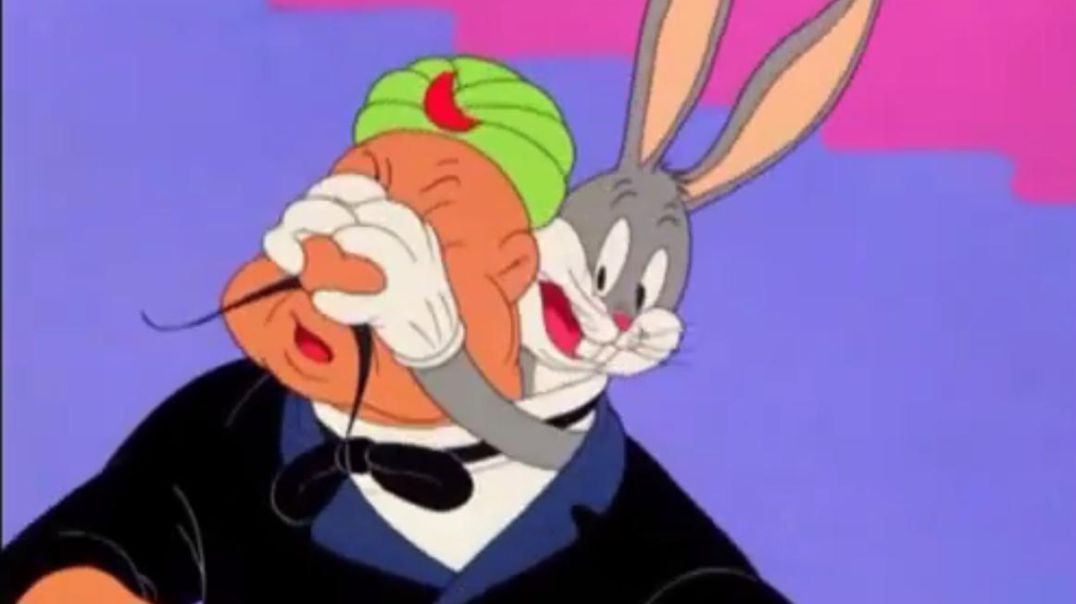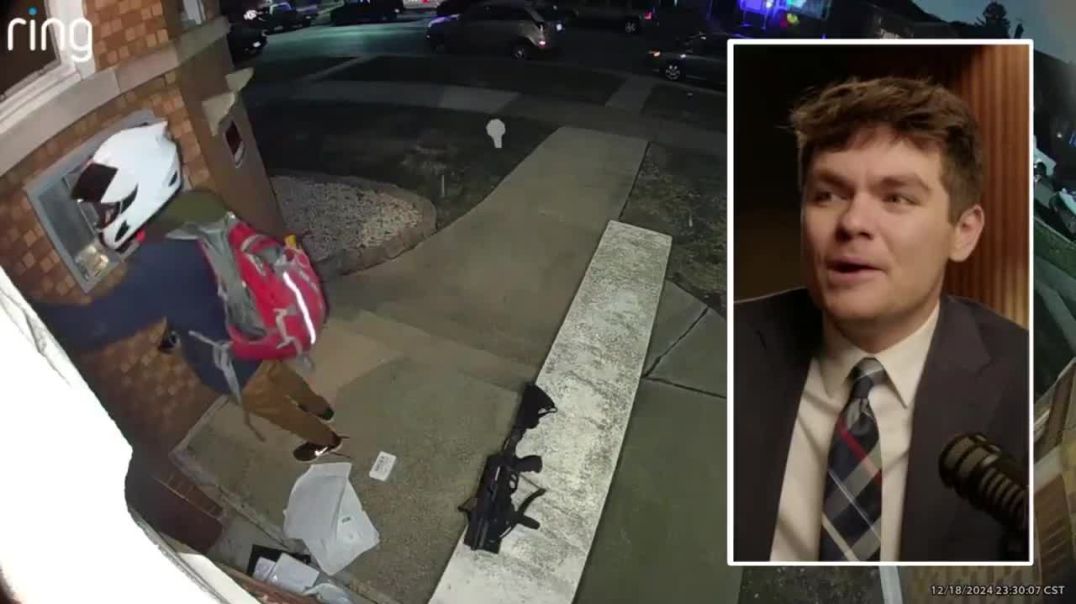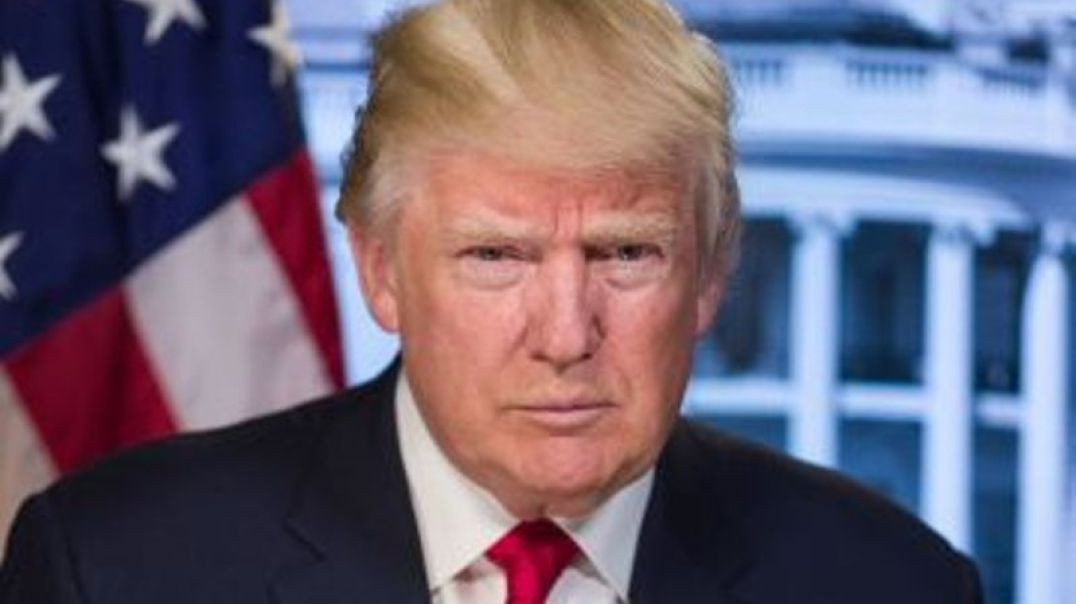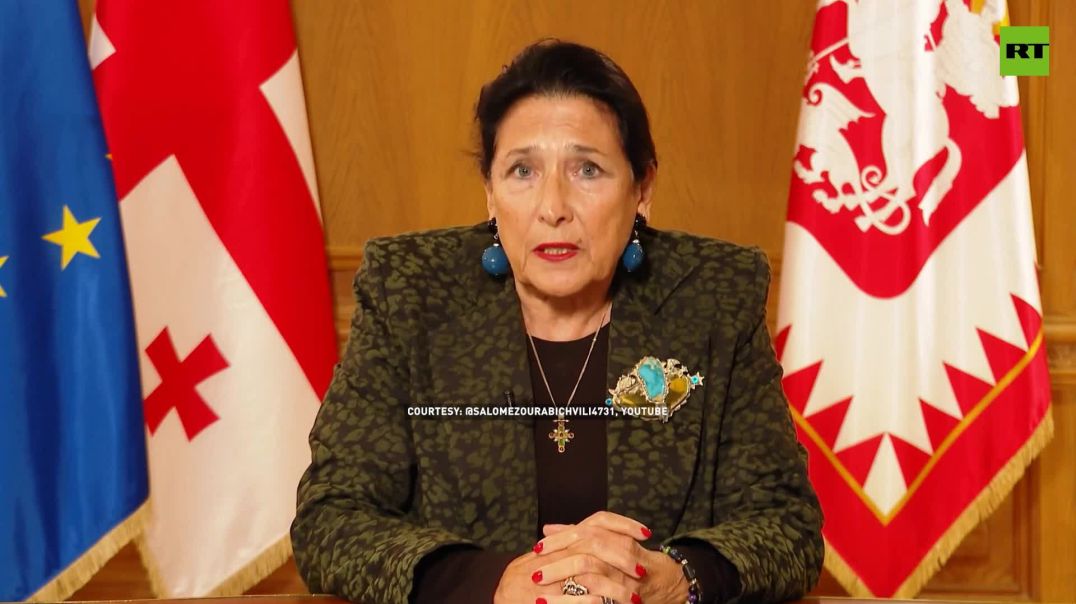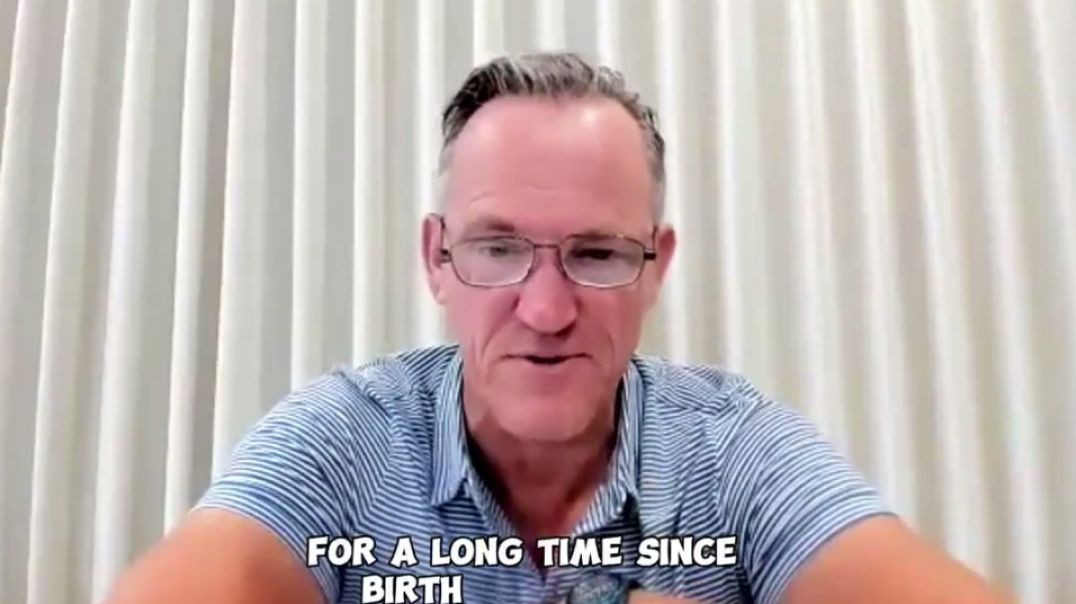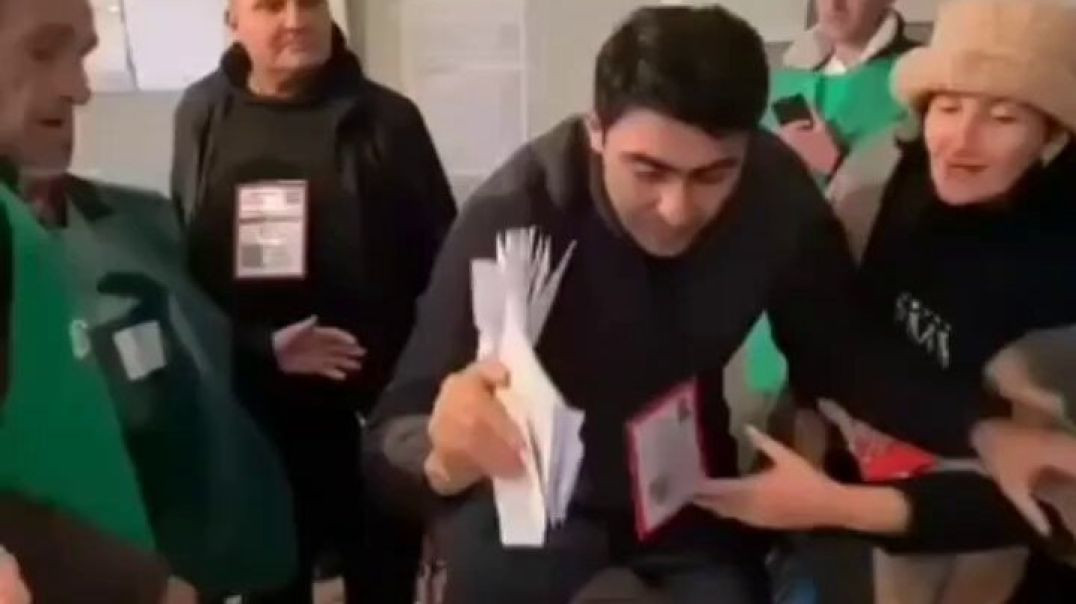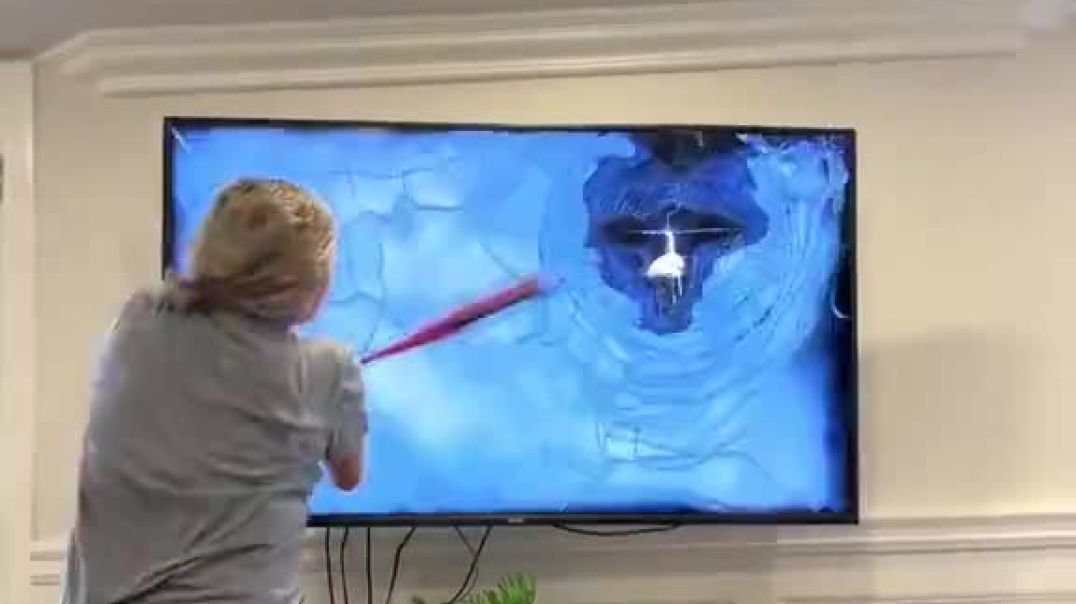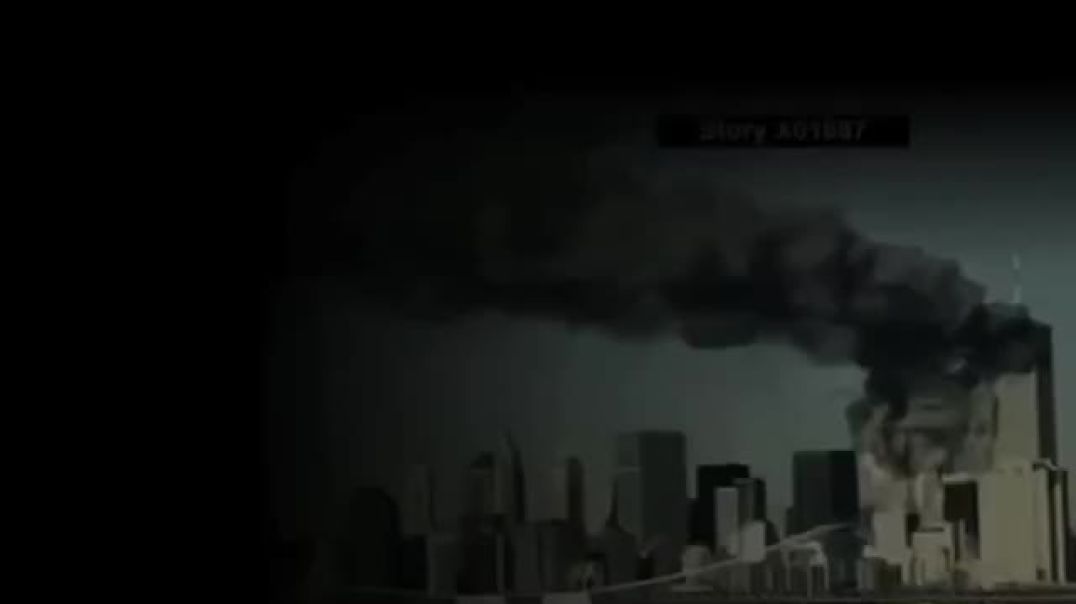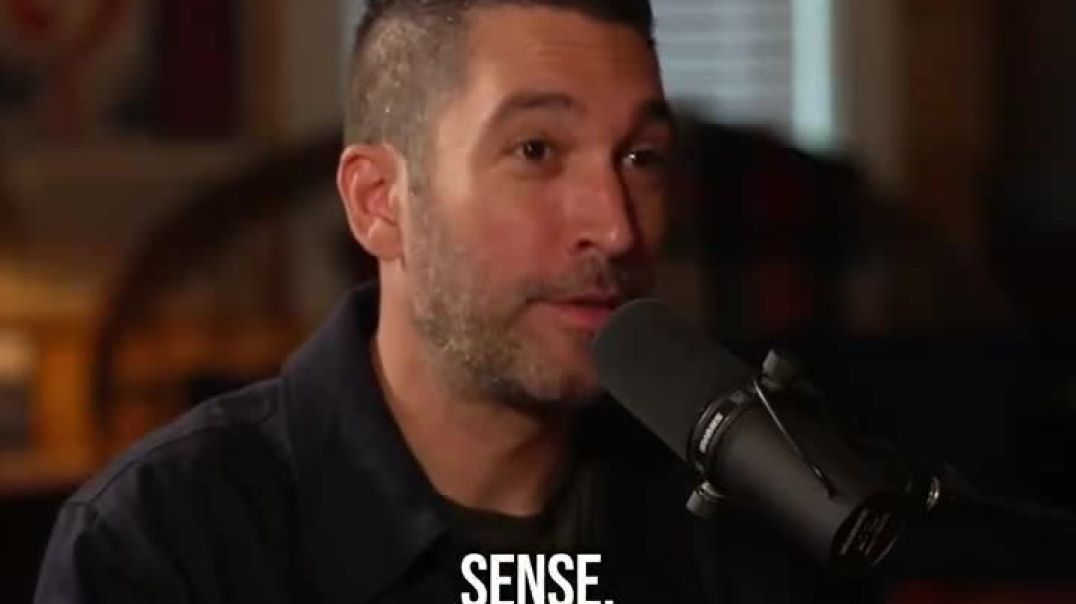Please donate now to help fund our work
- Film & Animation
- Music
- Pets & Animals
- Sports
- Travel & Events
- Gaming
- People & Blogs
- Comedy
- Entertainment
- News & Politics
- How-to & Style
- Non-profits & Activism
- McIntyre Report
- Jamie McIntyre uncensored
- RAW Report
- Candace Owens
- Steve Kirsch
- Tucker
- Bongino
- Elon musks
- Alan Jones Australia
- RT News
- Wayne Crouch Show
- Other
The Leo Frank Case: Chapter 15 Of 22 - Inside Story of Georgia's Greatest Murder Mystery
The most important detail in this audiobook document is that R.P. Barrett, a machinist employed in the metal room where Mary Phagan worked, found blood stains near the water cooler and a hand on a lathe several feet away. He said he had several strands of hair wrapped around him. A broom was also found nearby and was used to spread the liquid on the floor and hide the blood. This was based on the theory that Frank had lured a victim into his office to collect his paycheck into a metal room and murdered her for refusing to comply with her abuse. It was one of the state's most important statements regarding the murder. James Conley also testified that when Frank ordered the girl to be carried from the second floor to the basement, the girl's body was dropped and blood was found there.
The defense wanted to point out that the apparent trail did not begin at the elevator, but at the base of the ladder leading from the hole in the waterway on the ground floor, a few yards away. Sergeant Dobbs testified that signs of bodies being dragged started from the side of the elevator pit. Town detective J.N. Starnes, the official prosecutor in the case, testified many key facts about the city police investigation. Starnes testified Sunday morning that Frank was nervous and shivering. He also described bloodstains on the floor of the metal room and swore he found more bloodstains on nail heads 50 feet from the elevator.
Arguments erupted frequently in the early days of the case, and juries were acquitted. As evidence, Dorsey wanted to provide a drawing of a pencil factory with a dashed line marking the route Conley claimed to have taken the body from the metal room to the basement. Boots Rogers said that on the morning of April 27, Frank drove to his home with town detective John Black and was extremely nervous as he drove the detective to the scene. He said Frank was constantly rubbing his hands, walking around anxiously and asking abrupt questions. The state wanted to prove that Frank had avoided looking into the dead girl's face in the entertainment room.
Rogers testified that although the superintendent walked into the room where the body lay, he could not affirm with certainty that Frank had not seen the body. Other witnesses called by the state also corroborated Rogers' testimony, but Frank later denied them. On Sunday, April 27, Rogers' sister-in-law, Miss Grace Hicks, described a visit to the morgue the morning after the murder. She noted that the girls in the metal room frequently combed their hair on the machine, and that there was a gas jet a few yards from the lathe where Mr. Barrett said the hair was said to belong to Mary Phagan. Admitted to finding a bunch. She also testified that the paint was stored in an adjoining room, but she never saw the paint spill on the floor of the metal room.
Town detective John Black stood on the witness stand for several hours. Attorney Rosser subjected Black to one of the most brutal interrogations in the entire case. Black, Crovolated, Rogers, Starnes, and other witnesses testified that Frank was nervous the morning he was taken to the store and then to the factory. Mr Dorsey, through Mr Dorsey, drew attention to the discovery of the bloody club and the fact that alleged dirt on the floor near the hole leading to the basement had not been reported to the police by the Pinkerton Agency. Frank and others at the pencil factory also testified that they had withheld any information Conley could write from the police. During cross-examination, Rosser asked detectives about the bloody shirt found on Newt Lee.
Town detective John Black stood on the witness stand for several hours. Attorney Rosser subjected Black to one of the most brutal interrogations in the entire case. Black, Crovolated, Rogers, Starnes, and other witnesses testified that Frank was nervous the morning he was taken to the store and then to the factory. Mr Dorsey, through Mr Dorsey, drew attention to the discovery of the bloody club and the fact that alleged dirt on the floor near the hole leading to the basement had not been reported to the police by the Pinkerton Agency. Frank and others at the pencil factory also testified that they had withheld any information Conley could write from the police. During cross-examination, Rosser asked detectives about the bloody shirt found on Newt Lee.
The defense sought to file a statement regarding a shirt found in the bottom of a barrel at a black man's home. Dorsey said the state claimed the shirt was a plant and that Frank went to the night watchman's house the Sunday after the murder and hid the shirt. Pinkerton City Police Detective Harry Scott issued a statement on the morning of July 31 that he visited the factory on the Monday after the murders and was later shown around the factory by a man who helped take evidence. Told. Dorsey said the proposal was misunderstood by witnesses. Detective Scott sharply refuted the suggestion that he was guilty of custody. The state representative said he hadn't done so, but the detective claimed he had forgotten this detail. An important detail in the document is that Scott and Pierce went to the office of Frank's attorney, Herbert J. Haas, to hold a meeting about Pinkerton's position on the investigation. They were told that Frank had serious charges against them and would report him first before going to the police. There were some surprises on Thursday afternoon. Mel Stanford, a young factory worker, said he swept the floor of the metal room on the Friday before the murders and found no blood or Haskell lines on the floor.
City bacteriologist Claude Smith said he identified chips taken from the floor of the metal room and found blood cells in one of them. William A. Gesling, pajama embalmer Bloomfield, said that 12 to 15 hours had passed since her death when Mary Phagan retrieved her body from her hiding place in the basement of the pencil factory. Stated. The most important detail of this text is E. F. Holloway, the factory's day-time warden, was arrested and charged with testifying that he had left the switch box that controlled the elevator motor unlocked on the day of the murder.
This was in direct contradiction to the state's murder theory that Frank had called Conley to help dispose of the body and then entered the office and retrieved the key to the container before starting the machine. E.F. Holloway said he left the elevator locked when he got home, which contradicts the state's murder theory. The witness did not deny his affidavit, but he said he forgot to look at the bulletin board. On May 10, Pinkerton detective McWorth found blood, a baton, and several pieces of string, believed to have been used to strangle the girl.
Ms Arthur White, who commented on Friday, August 1, said she entered the building at 11 a.m. to meet her husband. At 9.30 a.m., after talking for a few minutes, he left the factory. She returned half an hour later and entered Frank's office, who leaned over the office safe. White then went to the fourth floor where her husband and Harry Denham worked, she testified.
An important detail in this document are the testimonies of the lady Ms. White, General Manager M.V. Darley, and Dr. H. F. Harris, Commissioner of State Board of Health. White explained that Frank's behavior was natural when he reached the fourth floor, and said he saw a black man lurking in the shadows of the first-floor hallway as he exited the building. General manager M.V. Darley admitted that Frank was nervous on Sunday morning, April 27. Doctor, and 45 minutes after she had lunch. Dr. H.F. Harris said the girl died 30 to 45 minutes after the noon meal.
Dr. Harris testified that she had been subjected to some form of violence, although she had not been subjected to any criminal assault prior to the girl's death. He said the victim's eyes were likely blackened from the blow before she died, and the scar on her head was undoubtedly unconscious, inflicted with a sharp instrument. said. Upon cross-examination, the defense admitted that Dr. After examining the body, Dr. Harris found evidence of an alleged assault. Hartz may have been shortly after his death. Albert McKnight, the husband of Minora McKnight and the Saleh family cook, said Saturday, April 26, that he was in the kitchen of the house while Frank entered the dining room and looked at himself in the mirror. for several minutes. His testimony was subsequently challenged by his wife, who on the stand rejected the sensational affidavit he had previously filed with the police.
Police Chief Beavers, Detective Wagoner and Constable Lasseter were also dispatched to CID on Saturday. The most important detail in the document is that the police chief said that several days after the murder, he searched around the pit leading to the basement and found the blood cords and clubs that Detective McWorth later found there. can not be displayed. Factory worker Helen Ferguson told jurors that she asked Frank to meet with him on Friday night and hand over Mary Phagan's pay envelope. The defense protested because Judge Roan had a newspaper on his desk with the big red headline "Add Links to the Chain." After five minutes of explanation, the lawyers returned to the courtroom and asked the jury for a pardon.
Rosser said the defense had no intention of seeking miscarriage of justice at this time. Dorsey asked jurors to caution against being influenced by what they have seen or may see in the future. Several other witnesses were called during the first week of the trial, but their testimony did not reveal anything that had not yet been revealed during the course of the investigation by police and private investigators.

